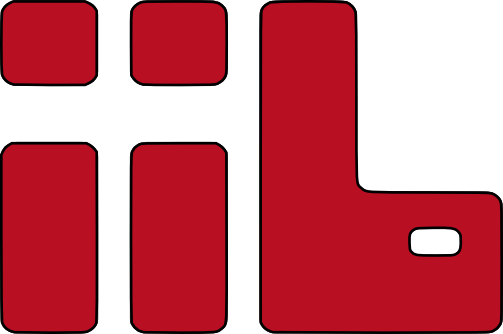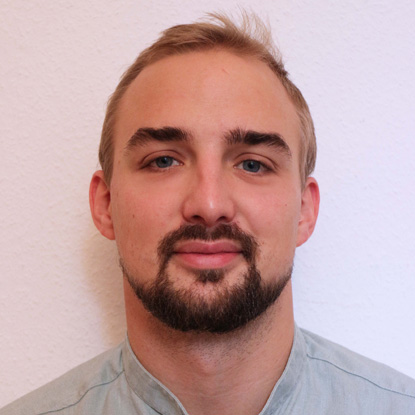Tariverdian, Sewin: Smartphone gestützte Einrichtung und Visualisierung von Sensoren am Beispiel eines Monitoring-Prozesses zur Messung der Raumtemperatur
Bachelor thesis
Smartphone-supported setup and visualization of sensors using the example of a monitoring process for measuring room temperature
Augmented reality (AR) has proved to be a helpful tool in research, teaching and business. Especially in the construction industry, it gradually revolutionizes lengthy activities. The technological advances in the computing power of smartphones allow for an adequate realization of AR.
The aim of this work is to develop a smartphone application that simplifies and speeds up the storage of room information. This is illustrated by the example of sensor measuring instruments. The live display of the measured values is made possible of AR makes sense. Smartphones or “hand-held video see-through devices” make the using AR technology and the connection of a server query.
In the context of this thesis, it has to be examined if the application of such a technology represents a time saving in the workflow of the sensor monitoring and if the application use of AR possible by processing camera information and data from the built-in inertial measurement unit (IME). Thus, images can be provided with estimates of the location and position angle. These estimated images are stored in the Simultaneous Localization and Mapping (SLAM) process in a virtual coordinate system and are continuously optimized. This technology makes use of the software “ARCore”, which was released by Google in 2017. The Game Engine Unity3D is used to connect C#-scripts, which allocate the sensor space coordinates to the sensors and save them.
To make the use of AR beneficial for the user, the sensed temperature values of the sensors in the room are interpolated using a weighting formula. Sensor readings are connected and updated using a residual API. The accuracy of the estimated sensor positions has been found to be sufficiently accurate. In contrast, persistence in a session is weak. The risk of falling is high and in unfavorable lighting conditions, the detection is very error-prone.
Developers promise problem-solving extensions. According to the current state of knowledge, the technology has not developed sufficiently well enough for the acquisition of spatial information and the storage of the collected data. The conditions for a flawless process for a wide range of potential users could be created by upcoming expansions.



